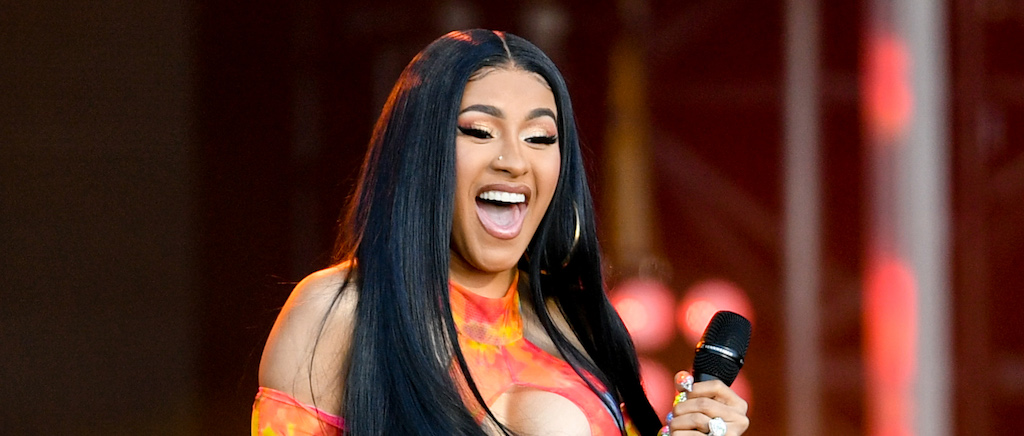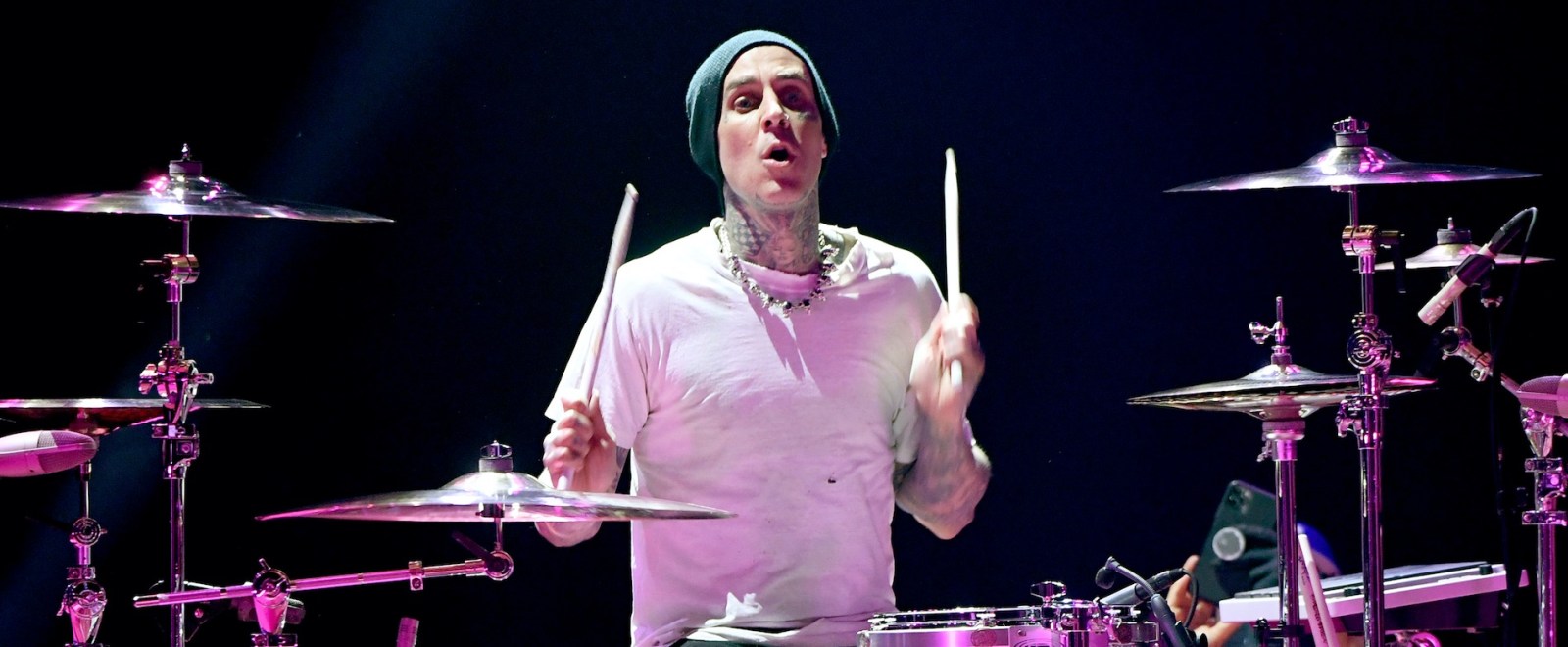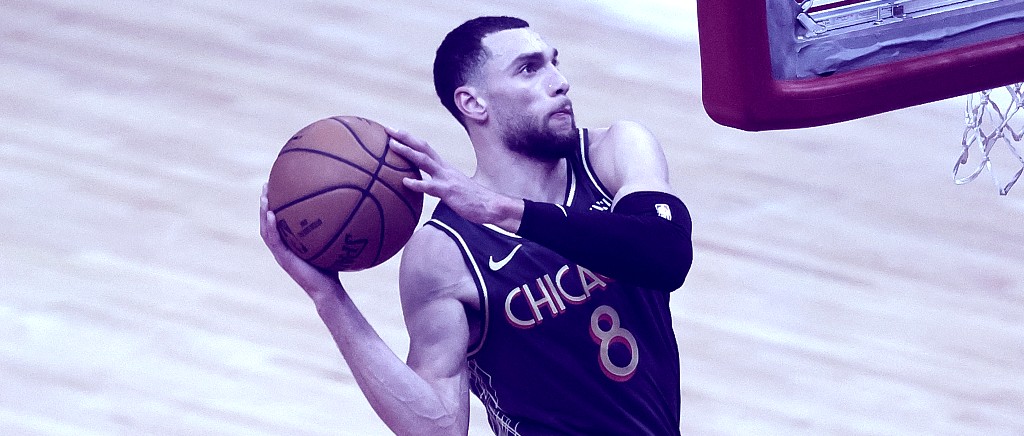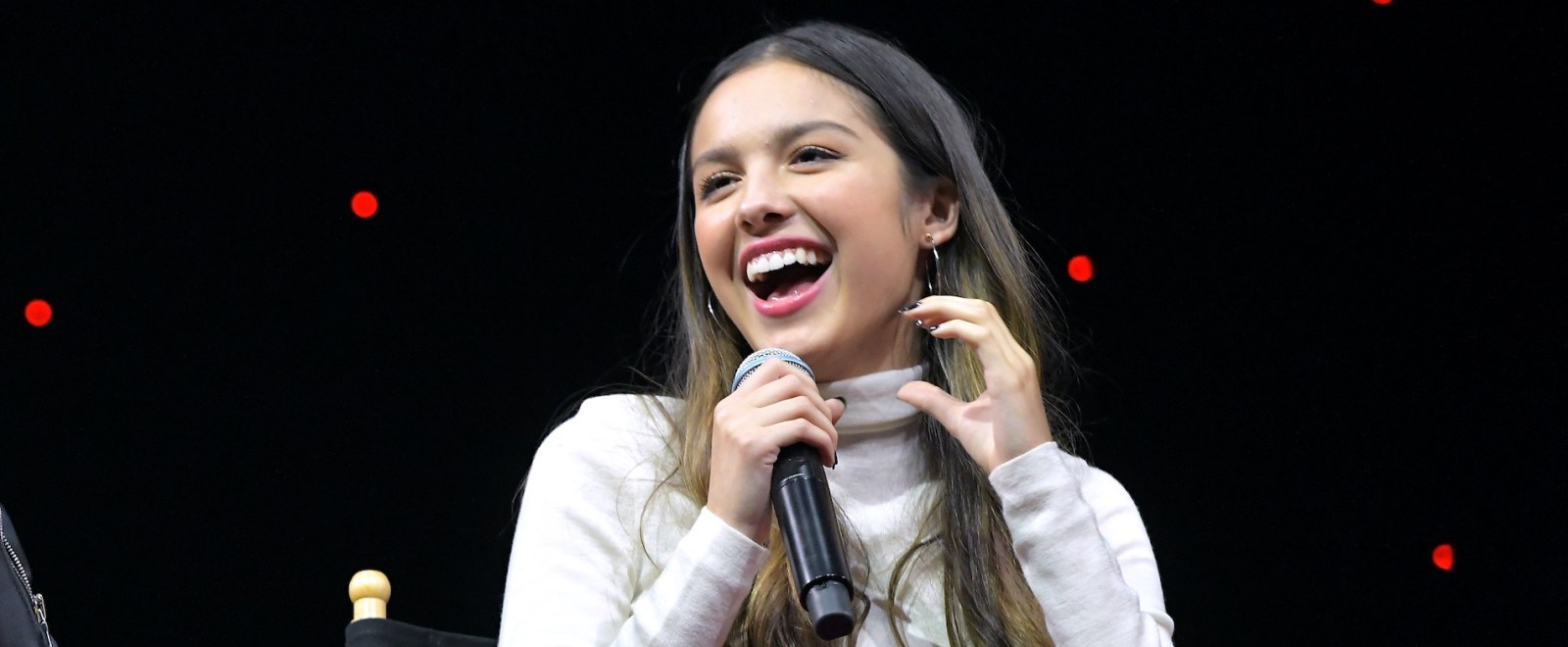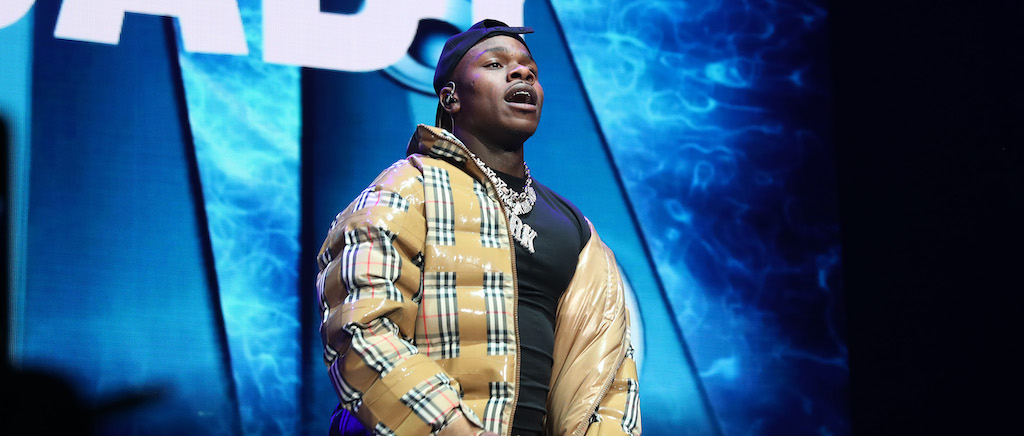Stability has never been an ally during Zach LaVine’s seven-year NBA journey. Six head coaches. Six losing seasons. A torn ACL in which a relocation from Minnesota to Chicago interjected during rehab. A dearth of surrounding talent. Unimaginative offensive schemes.
Cliche as it is, the lone constants of his career are unceasing improvement and skill development. In year seven, that improvement is finally being accompanied by competent coaching and complementary talent, synthesizing for an All-Star-caliber campaign.
Through 30 games, the 25-year-old is averaging 28.6 points, 5.4 rebounds, 5.1 assists (3.8 turnovers) and 1.1 steals on 64.8 percent true shooting (.518/.434/.864 split). He’s played his way into the NBA’s elite offensive club this season, and the nuances of his numbers enhance their exceptional nature.
The term “three-level scorer” can be irresponsibly attributed, but LaVine’s production has legitimately warranted the label thus far. He’s at 43.4 percent beyond the arc, 46.6 percent from mid-range and 66.5 percent inside the restricted area. Excellence in the first and third category are really what’s powering his blistering scoring, and propelled him to a nearly unguardable stratum.
Knocking down 37.9 percent of his 1,554 triples over the prior five seasons, including 35.9 percent of his 818 pull-up threes, the long ball has never been detrimental to or a weakpoint of his game. Rather, he’s elevated its utility from merely good and beneficial to absolutely lethal, shooting 42.1 percent on 5.1 pull-up threes per game, both of which are career-highs. Just six players launch more each night, and he’s tied for second in efficiency among the 43 guys with 60-plus attempts.
With coils for legs, he brandishes a springy step-back jumper. Quietly, he owns one of the more deceptive up-fakes in the NBA, disguising it as a pass or shot, whatever baits opponents into compromising their positioning. His excellence as a slasher presents a troublesome dichotomy for defenders to either blitz and discourage the three or guard against the drive. Knowing this, he primes triples with a fear-invoking jab downhill, tilting guys onto their heels before rising for a three.
Airspace isn’t a requirement for him, though. He’s one of the league’s premier tough shot-makers, burying buckets in the face of pressure, and also has expanded his range well behind the three-point line. Squarely in the prime of his career, these faculties are merging to accelerate his rise from very good outside threat to downright bonkers shooter.
While making the jump from high-30s to low-40s 3-point bomber is pivotal, it’s likely overshadowed his growth as an interior scorer. After converting 48.4 percent of his two-pointers during his first six years, he’s hitting a career-high 57.6 percent, particularly excelling as a dribble-drive scorer. Among 95 players averaging at least three field goal attempts per game on drives, LaVine ranks seventh in field goal percentage (58.1). Over the prior four seasons, he shot 46.6 percent on drives.
Similarly, he’s finishing 66.6 percent of his looks at the rim, a significant uptick from the past four years, when he never shot better than 61.7 percent inside the restricted area (59.8 percent, total, over that span). According to DunksAndThrees.com, he ranks in the 88th percentile in rim frequency and 69th percentile in rim efficiency, achieving a coveted blend of high-end volume and success from the most valuable scoring region.
An eruptive attacker, LaVine deliberately stirs before exploding past defenders or gracefully slicing through space, and navigates congested quarters with ease and swift change of direction. He teleports from spot to spot at a rate defenders do not anticipate or cannot contain.
One of his best traits is a varied stride length, often elongating his final few steps near the rim to cover ground, distancing himself from a trailing defender or slipping past an anchored big and securing the chance for a score. Upon arrival, he touts ingenuity, strength, ambidexterity and contortion, confronting the opposition with an imposing task to prevent him from scoring.
Raw assist and assist-to-turnover numbers do not convey this, but he’s also refined his passing a considerable degree, better equipped to punish defenses for prioritizing his scoring. He’s averaging the most potential assists of his career (10.6) and points created off assists (13.8). Some of that is assuredly tied to his usage, though tune into the LaVine Show and you’ll see a facilitator who’s more decisive and timely in working off of his gravity to create for others.
Because Chicago does not have another viable perimeter initiator, many teams trap him on pick-and-rolls to coax the ball out of his hands. Rather than retreat, wilt or force the issue, he’s regularly slipping passes to short-roll extraordinaires Thaddeus Young and Wendell Carter Jr. for 4-on-3 scenarios or darting around defenders to identify the open man. And credit to head coach Billy Donovan for utilizing those two big men as playmakers, something Jim Boylen failed to do, especially with Young last season. LaVine is prompt and entirely content to spur power plays derived from his individual prowess.
Perhaps the best indicator of his passing metamorphosis is the fact he’s averaging 2.22 assists for threes each night, on pace to exceed his career-high of 101 by the 51st game, according to PBPStats. Opponents are keying in on him and he’s responded by sparking threes — the shot worth 1.5 times as much as any other field goal attempt — at a previously unseen rate.
The juxtaposition that resonates for me are these two passes, three seasons apart, yet linked in required execution and style. Just look at how differently they play out.
Flowing downhill left to right, he first whirled an errant live dribble swing to Kris Dunn — instead of an open Lauri Markkanen — that disrupted any momentum and rhythm. Last month, against the Houston Rockets, he slithered downhill, saw PJ Tucker rotate in and rifled a live-dribble bullet to Markkanen’s shooting pocket for the three. The scoring gravity has existed for a while, it’s about knowing how to discern value and passing reads off of it.
Lavish offense has never been the most prominent barrier between LaVine and a seat at the table for All-Star discussions. The scheme-crumbling defense, unaware and mistake-prone off the ball, and inability to adhere to steadfast responsibilities, barred him from garnering All-Star legitimacy among most crowds. While some still subscribe to an outdated notion of his defense, he’s working to spurn that label this season, becoming a passably bad defender whose offensive greatness glows brightly over his defensive shortcomings.
His Defensive Estimated Plus-Minus (EPM) is minus-0.2, which ranks in the 48th percentile. He’s never ranked higher than the 37th percentile before 2020-21. For a couple years now, as he’s sharpened his screen navigation, his on-ball defense has been quite serviceable. That remains the case, and he even enjoys a number of auspicious sequences on the ball.
The primary difference, however, is his fulfillment and recognition of off-ball duties. LaVine is not someone who fails to provide effort. Assuming that was the downfall is misguided. More concerning, the issue was a failure to recognize and identify off-ball responsibilities. Don’t help on a drive from the strong-side. If you stunt at the nail, be sure to recover effectively. Zone up between two shooters on the weak-side.
Catch him on the wrong possession or night, and those flaws might manifest, suggesting he’s the same defender he’s always been. Overhelping off the ball, improper positioning and awareness deficiencies are yet to be fully ironed out. But catch the Bulls regularly and a star guard who positions himself correctly, maneuvers screens, rotates in help and pesters on the ball materializes. The ugly plays still exist, yet their frequency has reduced in favor of profitable outcomes (check out this breakdown from Stephen Noh, too).
Many of LaVine’s staunch skeptics, especially those wary of defensive upswing, will point to Chicago being 14.6 points better defensively — and 4.1 points better overall — this season without him on the floor. The counter to that, though, is his status as merely a cog in a viable defensive machine. He is not good enough to consistently thwart or deter plays and be the one to punctuate connected possessions with a stop. Certain actions, yes, but there is almost always another leak to exploit or target instead. Defense is really hard. Most guys cannot ensure their decisions influence every endpoint, let alone someone such as LaVine, who is still south of neutral defensively.
The lineup construction is not conducive to amplifying any plus-minus while he’s out there. The Bulls rely on him to try and buoy some janky units. He is constantly tasked with anchoring youth-heavy lineups, predominantly ones featuring Coby White and Lauri Markkanen, a pair of porous defenders, and his on-off splits reflect that. Flank him with suitable veterans like Young, Garrett Temple and Tomas Satoransky and the two-way play is sturdy.
In 86 minutes together, that quartet has a plus-34.9 net rating. In three-man lineups, LaVine and any combination of two veterans has a net rating of plus-13.6 or better, with each of those three trios having already played over 120 minutes together.
Context is central to any worthwhile data sets. LaVine is proving he harmonizes with satisfactory ancillary talent, and that’s the rub here: Young, Temple and Satoransky are not All-Stars or even close to it. They’ve earned rotation minutes based on merit, not imperative youthful development, and that’s what LaVine needs around him to stamp a positive imprint.
His seventh year is bearing witness to a blossoming. The surface-level output, 29-5-5 on 65 percent true shooting and 43 percent from deep, pop even amid this season’s offensive avalanche. He ranks 18th in EPM (plus-4.1). He’s shouldering a titanic load every game, and thriving. The numbers are there and the tape reinforces them. When everything comes into focus, a bold-lettered message emerges: Zach LaVine is an All-Star.




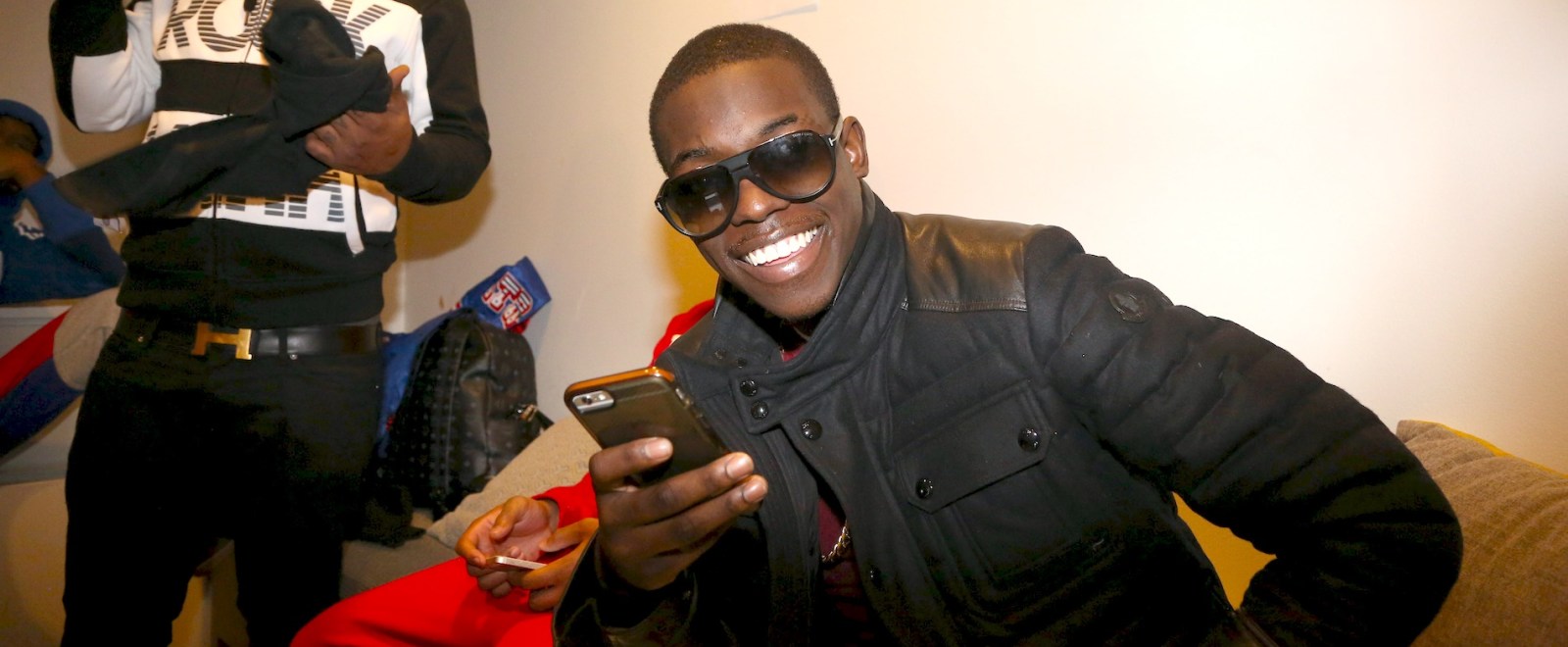



 (@RexChapman)
(@RexChapman) 